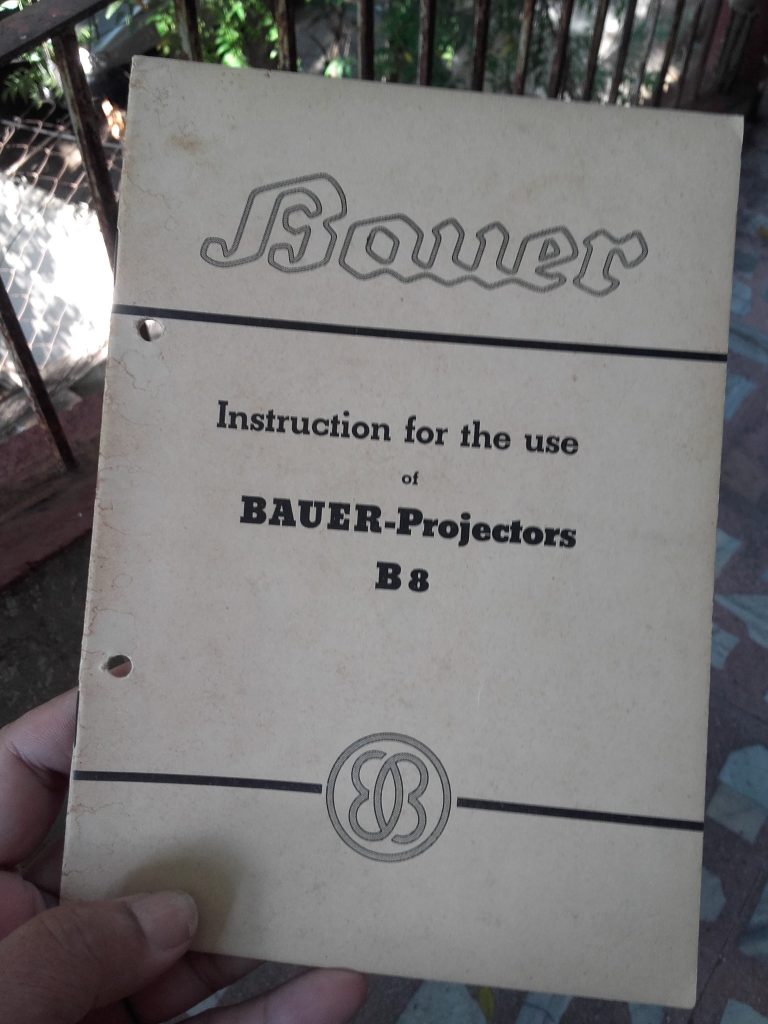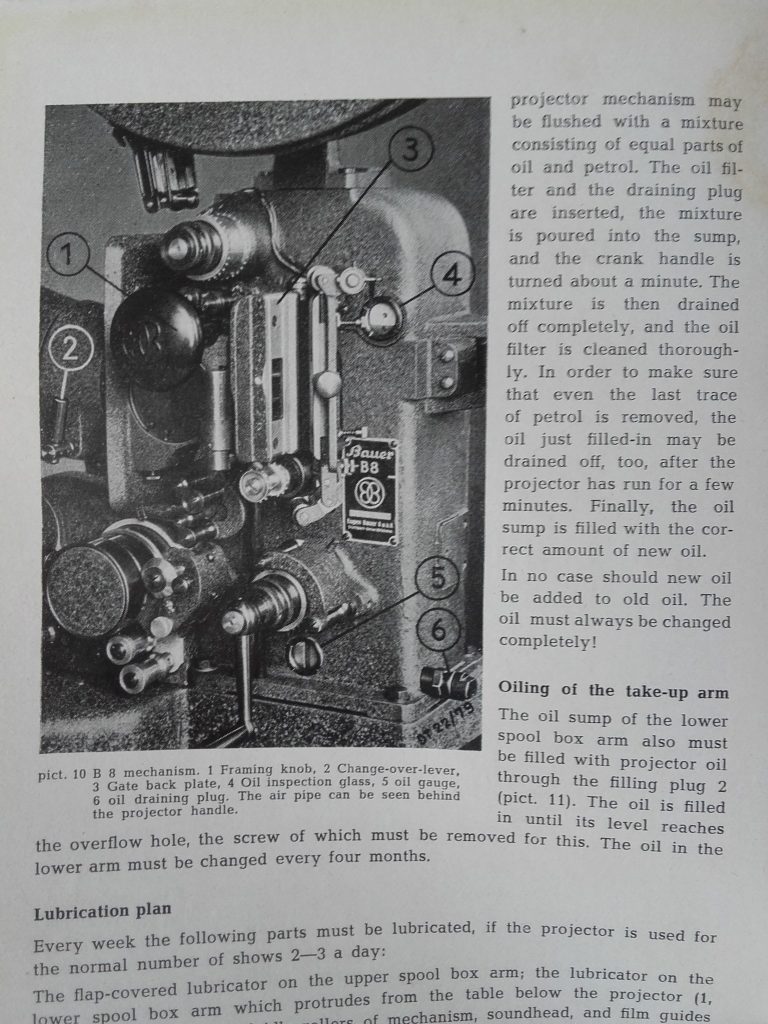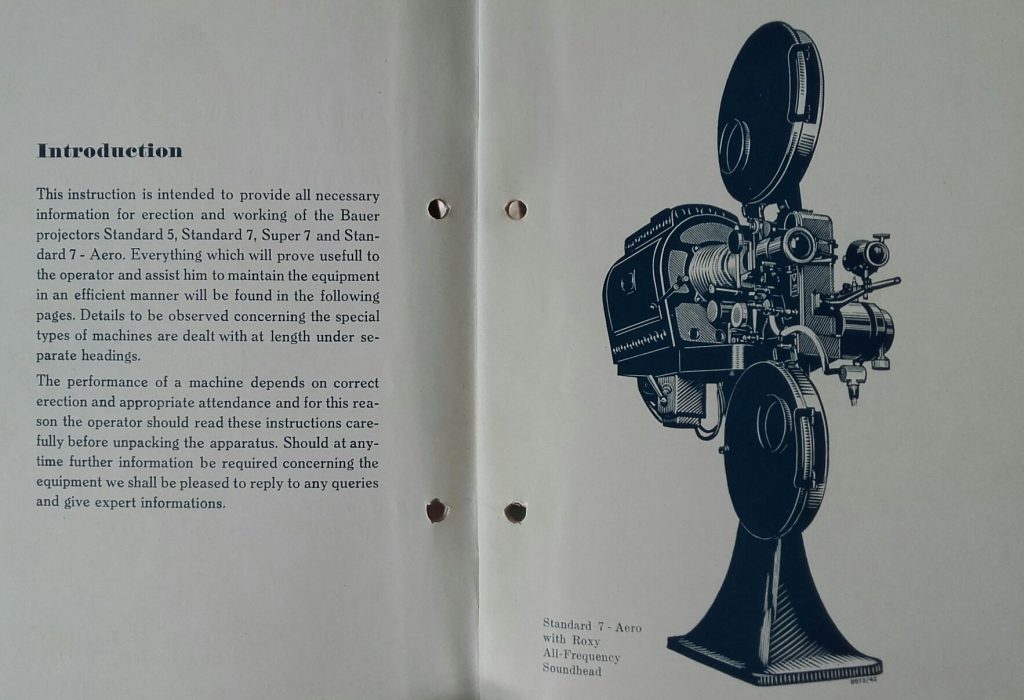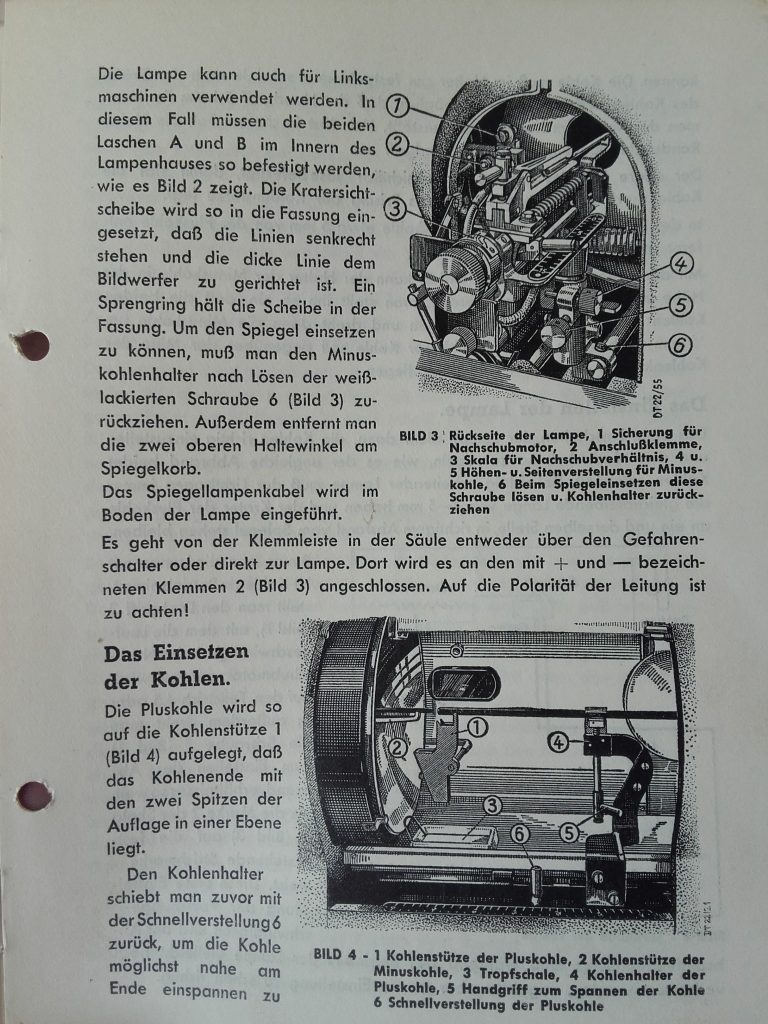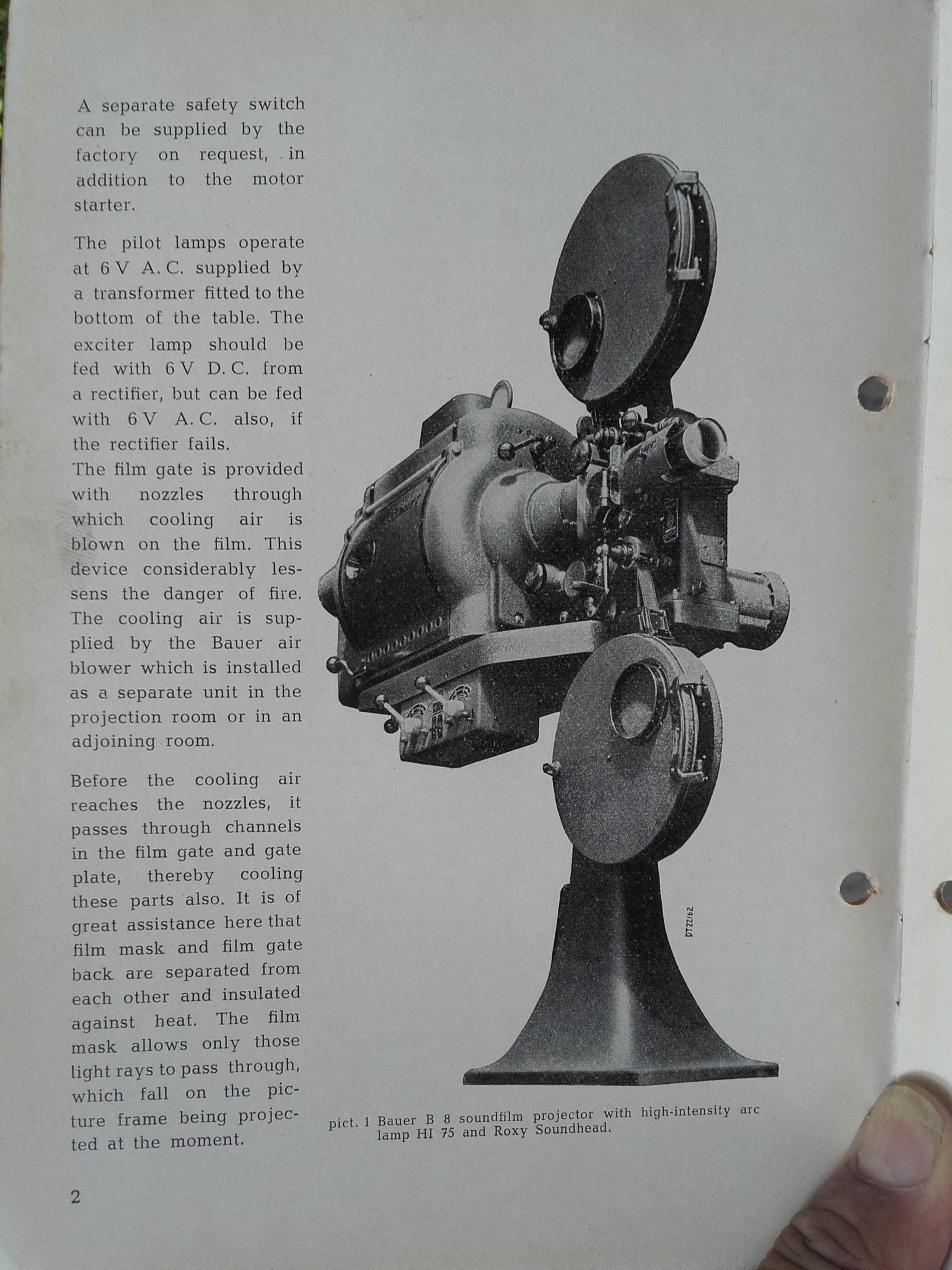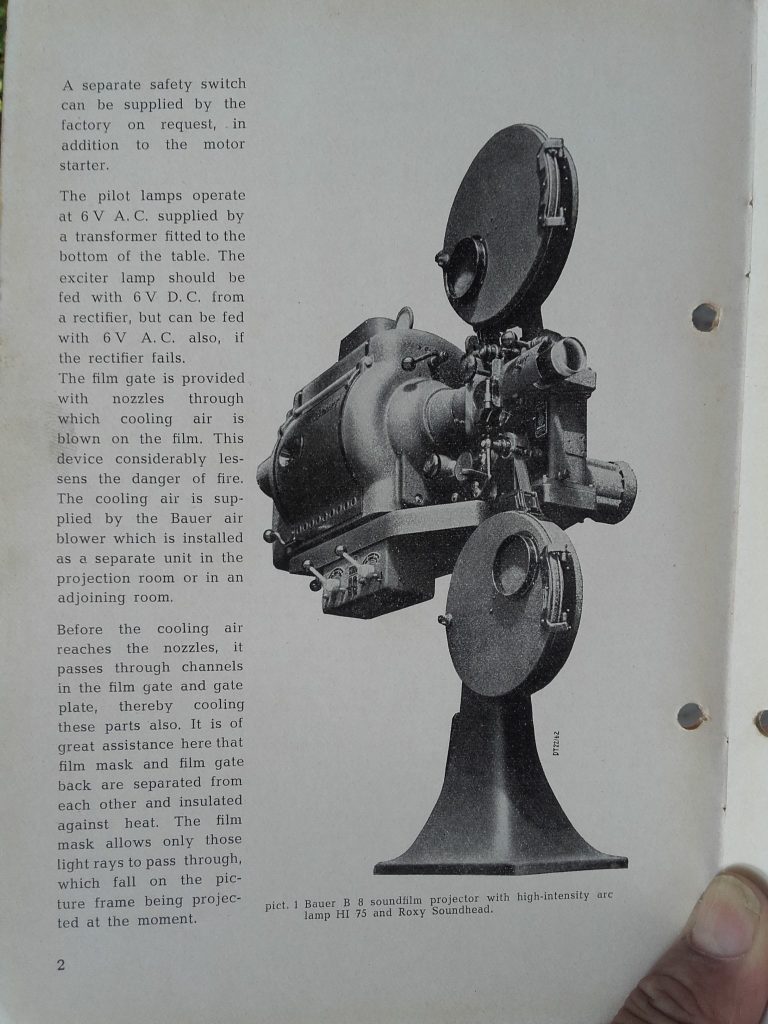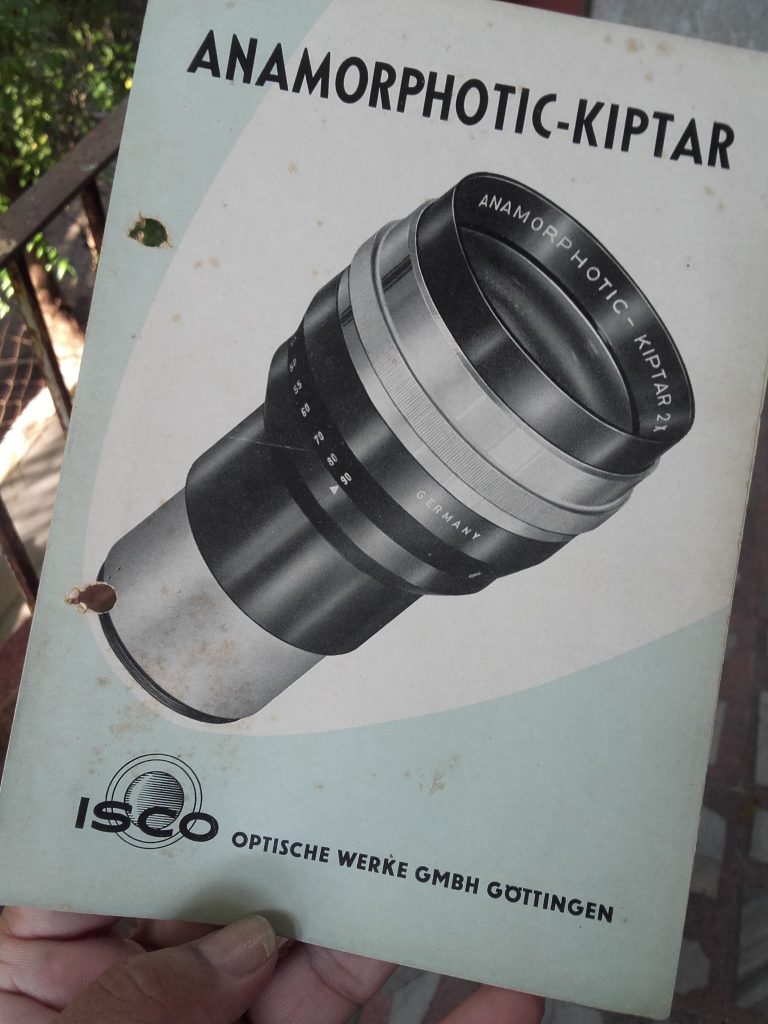Ravindra Bhalerao writes“I have just been on the museum site of the AMMPT and was delighted to find a society devoted to the history and technology of the motion picture as it was before the coming of digital cinema.
Its a refreshing change to come upon a group of persons who are eager to preserve the legacy handed down to us by Lumiere and others of that age. I myself was a cinematograph film projector enthusiast many years ago (and still am). And although I never went so far as to collect projection equipment, I was really charmed with the movie film projector.And now for a bit of my story!To begin with I should tell you that I am writing from India. Back in the 1970s I was in college and studied the mechanical working of the motion picture projector from a text book. 35 mm machines used the maltese cross as the intermittent mechanism , and this was by far the most interesting mechanism I had ever come across. It was also the most difficult to model for a person like me with no experience in metal working. 16mm projectors on the other hand used a claw mechanism. There were various types of claw mechanisms and I found one which was simple enough to make using cardboard disks and levers and rubber belts. After a good deal of trial and error my 16mm machine was ready using a household 100 watt lamp and thick condenser lenses. The projection lens was an old camera lens and the machine was hand cranked. I was lucky enough to get my hands on an old print of a movie named Weekend at the Waldorf. And thus began my home movie show. The machine had no shutter so travel ghost was pronounced. Later I added an extra arm to the revolving disc that drove the claw mechanism and this was fitted with a tiny card square which occluded the light beam whilst the film was in motion. But then flicker was quite pronounced. Also the stroke of the claw was a bit longer than the distance between film perforations so each time the claw pin would strike the film before it entered the perforation and thus my film had scratch marks. But it was great fun. And for a good many years after that, my favourite pastime in the evenings consisted in switching off the lights of the room and running my machine.Now at 60 all those experiments are over. The projector is gone and so is the film. I had collected bits and pieces of 35mm film too from my visits to the projection room of various theatres in town, but those too are gone. In later days I began collecting old photographic literature — books and manuals on old still cameras. My interest in cinema machines continued and I was hoping I could lay my hands on some old instruction manuals of these machines, but which theatre owner would part with such literature? Finally one day I found what I was looking for. Some theatre in town had installed new machines and the old manuals were sold off to a second hand roadside book shop. They were instruction manuals of old Bauer machines and I purchased the whole lot. It was great.Here are some pictures from the old Bauer manuals and I think you will like them. Some of the material is in German. The Eugene Bauer company in Germany shut business many years back so I am really lucky to have these manuals.Simplex and Bauer were the great names in cinema projection equipment here in India in those days. While village cinemas often did with second hand used machines, top class theatres were equipped with machines from Simplex or Bauer. And how well these machines worked! With proper maintenance, these projectors gave pictures that were rock steady and sharp.